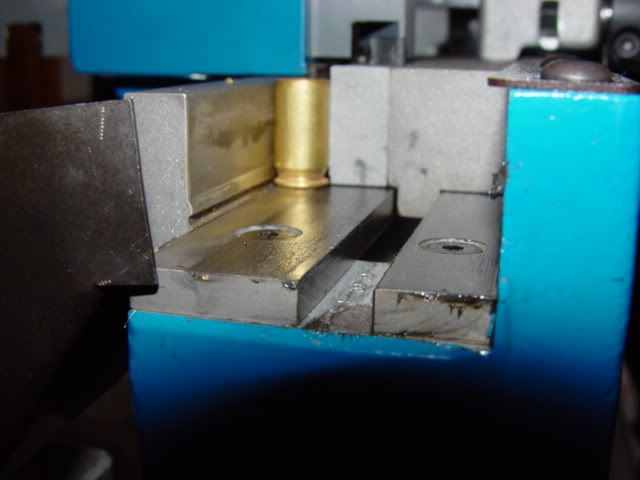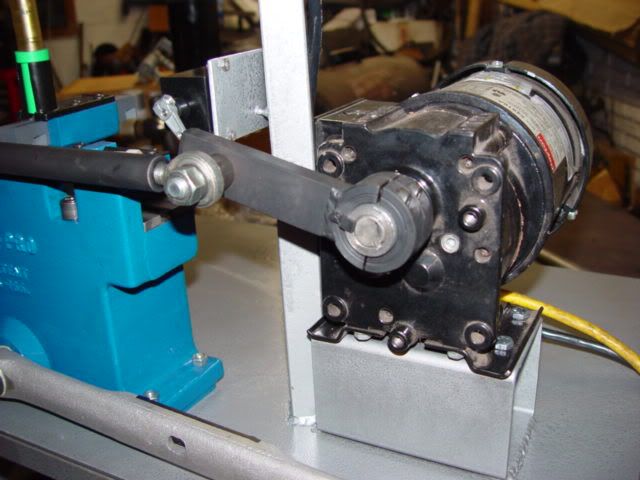JeepHammer
Moderator
The same way you hone any bore, with a bore hone.
Anything from a stick with lapping compound to a micrometer adjustable bore hone.
Crushing, then expanding the neck is hard on the brass. Period.
No one can argue that point.
Not even annealing (softening) will completely remove the compaction/expansion (thick/thin/stress) stress.
Simple metal working/metallurgy.
SO,
Since you can't or won't do anything about your favorite brass getting blown out way too far...
Instead of WAY overworking the brass, you simply don't crush the crap out of it in the first place...
It's common sense.
It DOES take use of somewhat precise measuring equipment (accurate caliper),
and we all know what the 'No Gauges Or Measuring' guys think about calipers & gauging your work, so they are lost right there...
------
Cutting length on a chamber depends on the barrel, it simply gets shorter overall length.
A full size barrel profile from chamber forward to muzzle could concevably be cut from say 24" to 2".
Tapered profile barrels have less area that is safe to cut into since wall material gets thinner as you move chamber forward.
I have no idea about your 'One Turn' argument...
Dove tail front sight cuts are the only restriction that require full turn cuts...
and since you weren't paying attention, you missed the 'Problems' part, 0.070" throat errosion, and only if the bore is still any good, misaligned chambers, chambers seriously screwed up when you get them...
Usually, when someone advocates using WAY blown out brass to get any semblance of accuracy, without admitting the obvious, they have a way blown out chamber that could benifit from rehab, if the rifling is salvagable...
Instead, they continue to blow out brass.
entirely their choice.
Anything from a stick with lapping compound to a micrometer adjustable bore hone.
Crushing, then expanding the neck is hard on the brass. Period.
No one can argue that point.
Not even annealing (softening) will completely remove the compaction/expansion (thick/thin/stress) stress.
Simple metal working/metallurgy.
SO,
Since you can't or won't do anything about your favorite brass getting blown out way too far...
Instead of WAY overworking the brass, you simply don't crush the crap out of it in the first place...
It's common sense.
It DOES take use of somewhat precise measuring equipment (accurate caliper),
and we all know what the 'No Gauges Or Measuring' guys think about calipers & gauging your work, so they are lost right there...
------
Cutting length on a chamber depends on the barrel, it simply gets shorter overall length.
A full size barrel profile from chamber forward to muzzle could concevably be cut from say 24" to 2".
Tapered profile barrels have less area that is safe to cut into since wall material gets thinner as you move chamber forward.
I have no idea about your 'One Turn' argument...
Dove tail front sight cuts are the only restriction that require full turn cuts...
and since you weren't paying attention, you missed the 'Problems' part, 0.070" throat errosion, and only if the bore is still any good, misaligned chambers, chambers seriously screwed up when you get them...
Usually, when someone advocates using WAY blown out brass to get any semblance of accuracy, without admitting the obvious, they have a way blown out chamber that could benifit from rehab, if the rifling is salvagable...
Instead, they continue to blow out brass.
entirely their choice.





